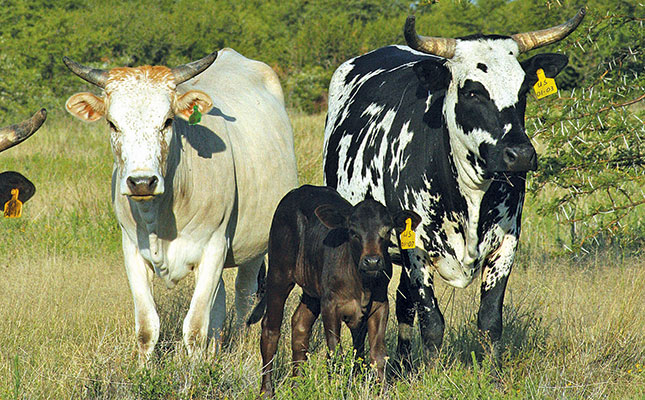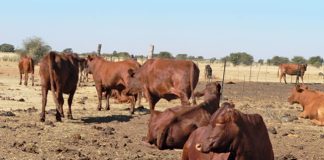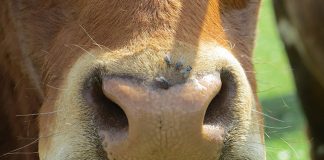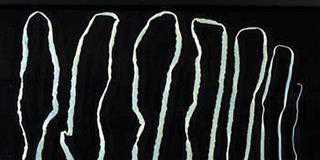
Photo: Wayne Southwood
Farmers mark livestock for many reasons, including to show or prove that they own the animal. In larger herds, marking helps the farmer to tell one animal apart from another. Marking is also part of record keeping, which is essential if a farming enterprise is to survive and do well.
Marks can either be temporary or permanent. Temporary marks are those that last for less than a season and include cutting off the brush of the tail or using colour paint.
Permanent marking includes:
- Ear notching.
- Ear tags, whether metal or plastic.
- A tattoo.
- Hot-iron branding.
- Freeze branding.
- Electronic identification.
Points to consider when marking
As the KwaZulu-Natal agriculture department points out, the type of marking or identification system a farmer chooses is influenced by many factors:
- The enterprise: If a farmer wants to concentrate on commercial beef farming, for example, he’ll need a different type of identification to what he would use for a stud operation.
- Tools: The availability of the necessary tools for marking must be considered. “If, for example, metal ear tags are to be used, and these are only available from overseas, obvious problems will arise,” notes the department. In other words, you might not be able to afford them, or they might be hard to get.
- Animal age: At what stage of an animal’s life must the mark be applied? Branding at a young age, for example, requires a smaller brand than when the brand is applied to a fully-grown animal.
- Animal stress: If a particular method causes an animal a lot of stress, it could lead to financial losses, which will negatively affect production. Damage to hides by brands can also cause financial losses.
However, the KwaZulu-Natal agriculture department says unless the marking has a financial benefit (so the farmer can calculate animal efficiency or prevent theft, for example), it’s wasteful to spend time, labour and money, as well as to risk possible production loss in animals, by implementing animal identification.
Marking Ngunis and Frieslands
With certain cattle breeds, such as the Nguni and Friesland, the animal’s colour markings are as unique as a thumb print, says the KwaZulu-Natal agriculture department. Recording the colour pattern on an Nguni, either on a drawing or by taking a photograph, is a good way to “mark” the animal, although it’s not as easy to record as a number.
What to record in animal marking
- The owner’s identity. Where theft is a problem, the owner must be able to identify his animal before prosecution can take place.
- Animal’s identity. In larger herds it’s difficult to remember individual animals and marking becomes necessary.
- The animal’s age. Whether a cow has calved or not can be recorded by, for example, cutting a notch into her ear.
- Pregnancy status. This is usually a temporary mark, such as tail-brush cutting, to allow easy identification of animals for culling.
- Weaning mass.
- Post-weaning growth.
- Final mass.
- Carcass grade achieved.
- Temperament.
Source: The KwaZulu-Natal Department of Agriculture and Rural Development.













